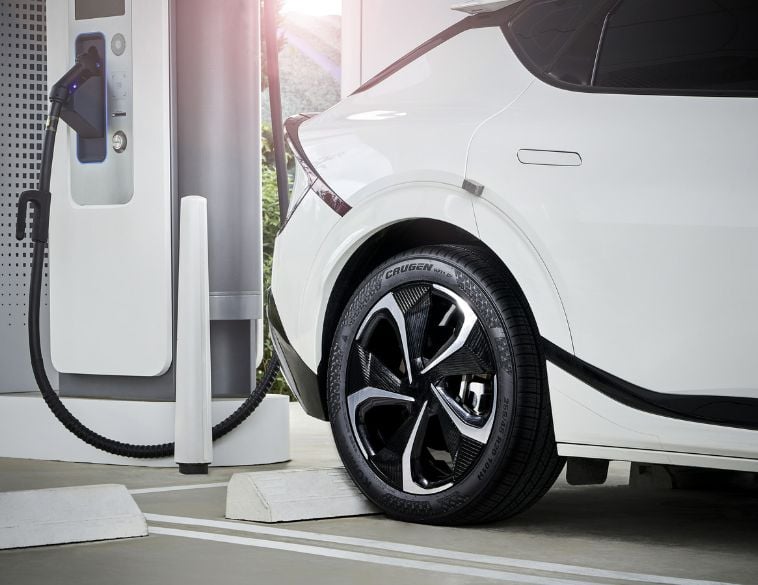What your customers need to know before they buy.
It’s important to offer your customer options, including run-flat tires. They’re the best choice for some and not right for others, and you should be able to present the pros and cons when your customer asks.
“Tire dealers should always ask drivers about their driving habits, vehicle type, and specific needs or preferences at the beginning of every sale,” says Robert Saul, Director of Consumer Product Strategy at Bridgestone Americas Tire Operations. “When determining whether run-flat tires would be a better option, dealers may want to ask whether drivers have had experiences with flat tires in the past, or frequently drive in areas that have heavy traffic, or remote areas. Also, it’s good to ask customers if they are comfortable changing a tire.”
Safer handling when pressure loss occurs
Extended mobility is the whole idea behind a run-flat, of course, and many drivers like the idea that if something goes wrong, they can keep going. Run-flat tires also provide more handling stability in pressure loss, unlike a conventional tire that just goes flat and doesn’t support the vehicle. This could be a bonus for drivers who aren’t used to dealing with emergency situations.
Saul said dealers should ask if the vehicle has a spare tire. Many don’t, and drivers don’t necessarily know this. Many might not be comfortable using a tire repair kit, if that’s what’s provided. In vehicles with a spare, switching to run-flats can free up cargo space.
The vehicle may also dictate what can be mounted. Some run-flats require a specialized rim. Bridgestone’s DriveGuard tires can be used on regular rims, but as with any run-flat, the vehicle must be equipped with TPMS. However, performance vehicles that came factory-equipped with run-flat tires were also calibrated specifically to that type of tire. A customer who is considering replacing factory run-flats with conventional tires may find that the car doesn’t ride or handle as it did before.
They have their limitations
Your customers also need to know that run-flat tires do have their limitations. They need to stay within the recommended speed and distance if pressure loss does occur, and it’s important to remind them that while they will have extended mobility, there’s only so much these tires can do.
When the customer takes it for repair, the tire will have to be dismounted and examined, and it may not be salvageable. Some tire manufacturers will allow repairs if the tire isn’t damaged, but others may insist on replacement. Depending on the tire size, a new one might not be in stock and will have to be ordered, and manufacturers do not recommend mixing a conventional tire with run-flats. This could put the vehicle out of commission and inconvenience the customer, especially if it happens on a driving vacation.
An informed customer
Be straightforward, and customers will know what to expect. While they’re considerably improved over earlier versions, run-flat tires can give a firmer ride than conventional tires. Price will of course be a consideration, including replacement costs if a tire loses air.
With all customers, but especially those new to run-flats, reinforce that they must pay attention to warnings. Drivers often ignore the TPMS light, chalking it up to a false reading. Let them know that run-flats don’t look or feel appreciably different when they’re low. As with all the pros and cons of run-flats, an informed customer is your best customer



